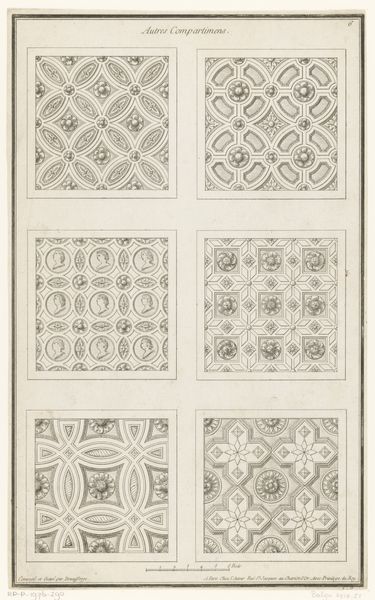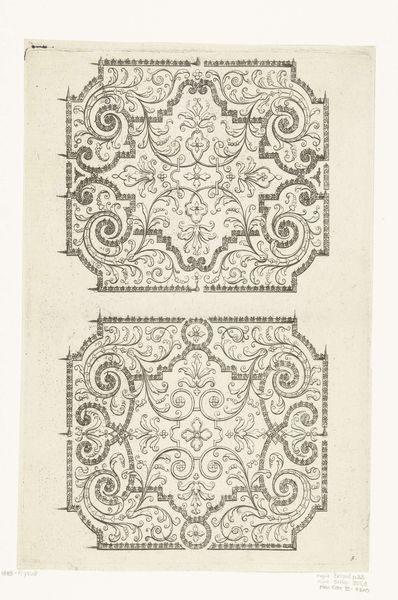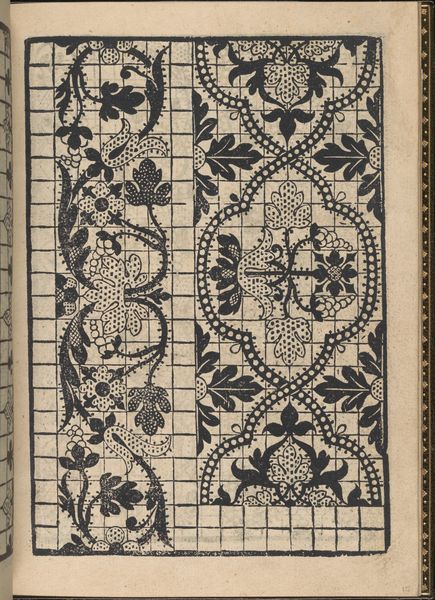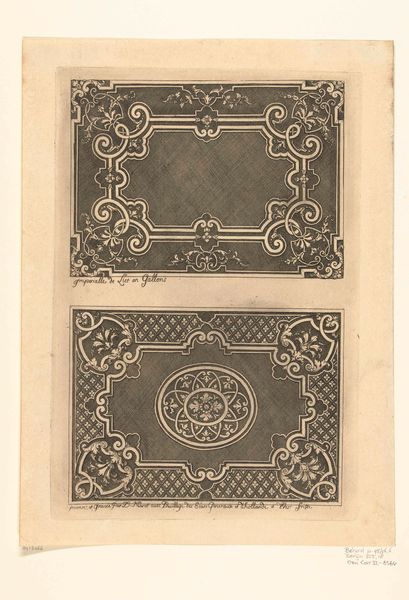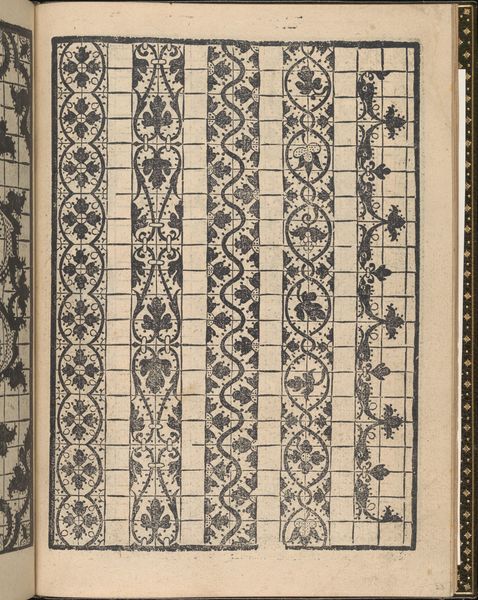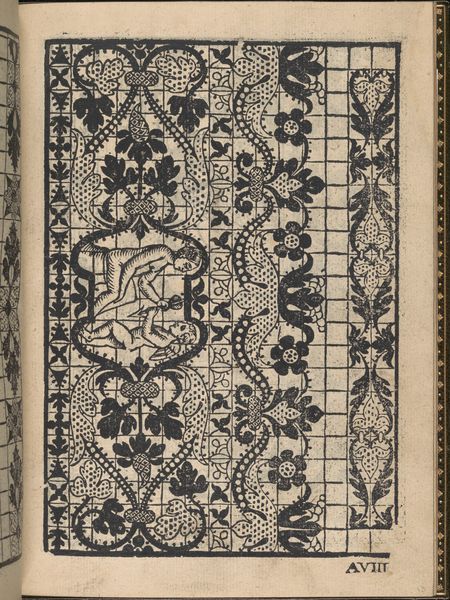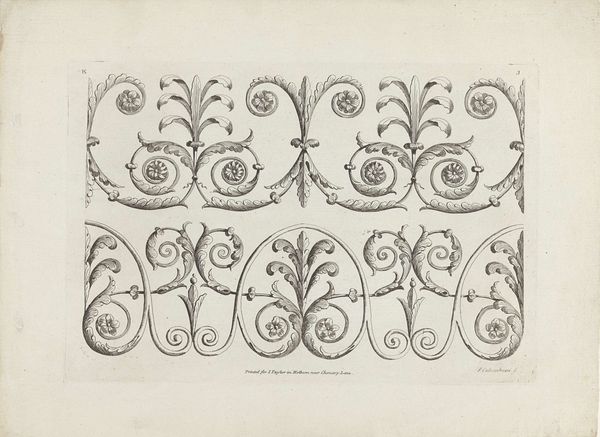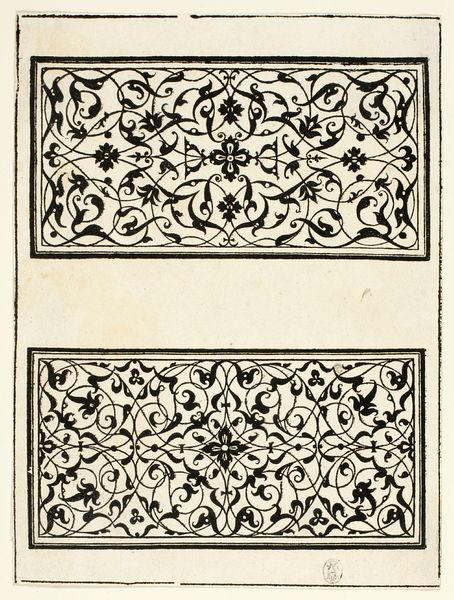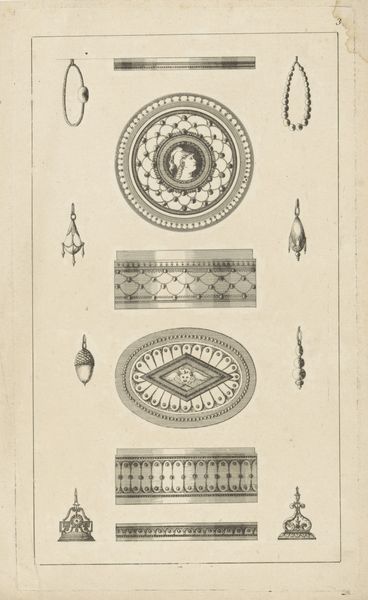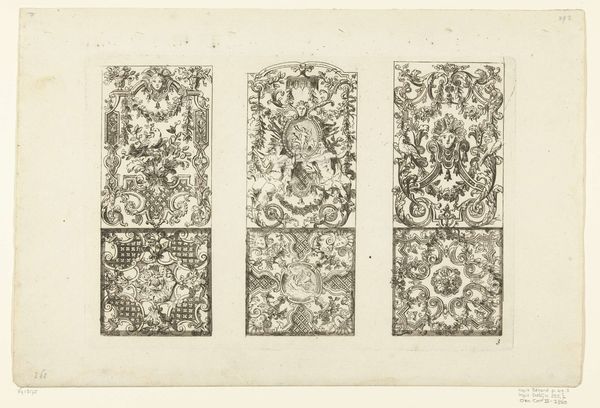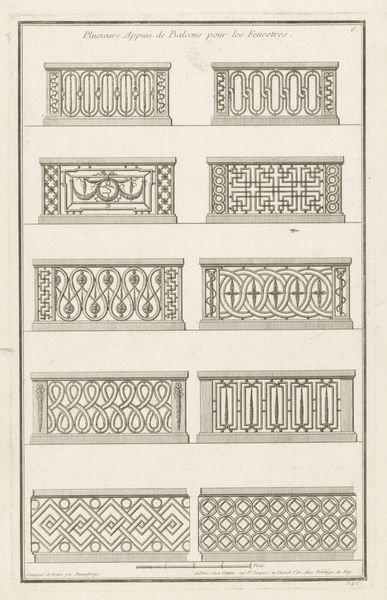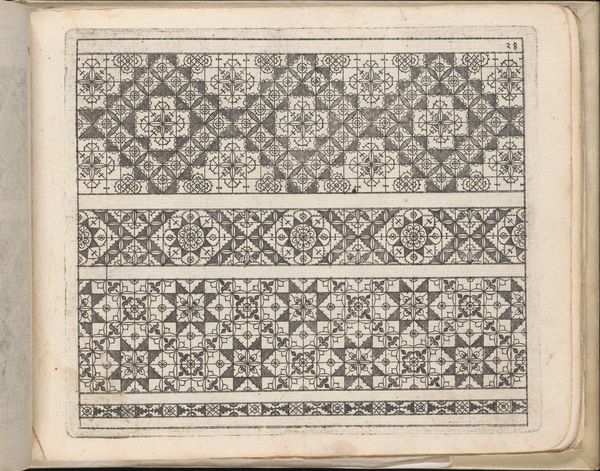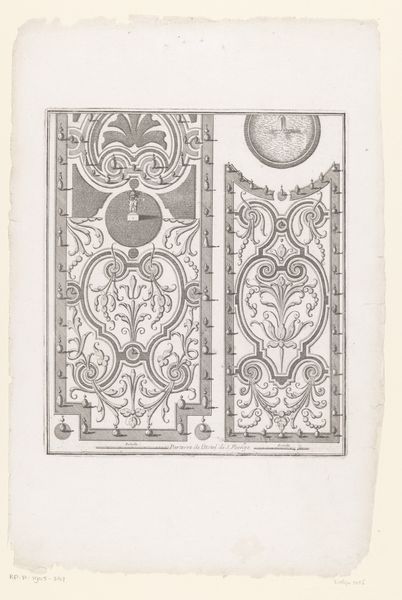
print, engraving
#
neoclacissism
#
pen drawing
# print
#
decorative-art
#
engraving
Dimensions: height 189 mm, width 160 mm
Copyright: Rijks Museum: Open Domain
Curator: Ah, look, an offering from the late 18th century: “Vier randen,” or “Four Borders,” a decorative print crafted around 1784-1785 by Augustin Foin. Editor: My first thought is quiet elegance. Each border is meticulously rendered, yet there's a breezy feel, like whispers from a bygone era. It evokes restraint, you know? The kind of ornament where less really shouts more. Curator: Absolutely, Foin’s print feels emblematic of Neoclassical refinement. The medium, print, allows for replication of ornamentation across objects, architectures. I mean, he's creating something repeatable, like the patterns on wallpaper, or friezes on furniture of the time. Editor: True, but each band has a distinctive flair. That second border, for example, its little leaf ornaments dance delicately, contrasted to the stoic geometry in the uppermost row. The whole image feels incredibly ordered, like an attempt to bring nature and classical reason into a harmonious dialogue. It is quite cerebral and charming. Curator: And then the recurring medallions on the third one almost anticipate monogram mania in fashion! The repeated figures give a playful impression, perhaps revealing his inventiveness at the service of ornamental schemes and domestic fantasies. Editor: Precisely. In its linearity, I get echoes of friezes of ancient temples – geometry used to define limits, establish frames within existence. Its simplicity becomes its authority. In that way it achieves perfect form. Curator: Foin really shows a superb eye. What began as decoration evolved into visual narratives on culture, taste, or simply what would be called chic during his period. His artistry transcends ornament, truly. Editor: Indeed. It is more than just aesthetic—it feels like he bottled a bit of history here, framed and ready to view. Curator: Definitely. As someone once told me about artwork, a bit of context plus technique could turn an otherwise unassuming artifact into art history on paper. Editor: Well said. And to think that some artists work with a paintbrush; others wield subtle elegance, geometry and symbolism in pure distilled linear form!
Comments
No comments
Be the first to comment and join the conversation on the ultimate creative platform.
